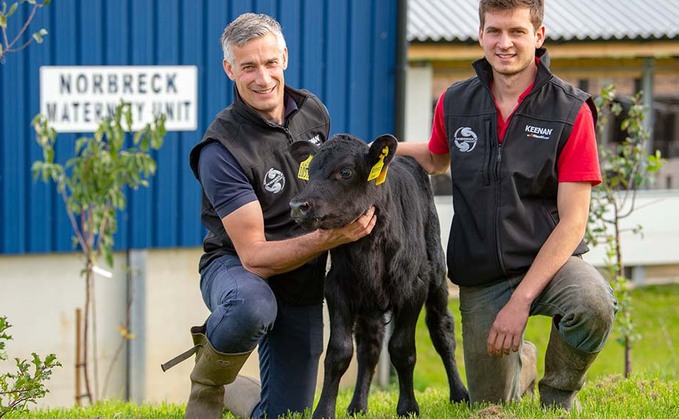
Dairy farmer Philip Halhead anticipates his investment in new calf housing will have a lifetime of health benefits for his herd replacements and help to increase their longevity. Hannah Noble reports....

Dairy farmer Philip Halhead anticipates his investment in new calf housing will have a lifetime of health benefits for his herd replacements and help to increase their longevity. Hannah Noble reports....